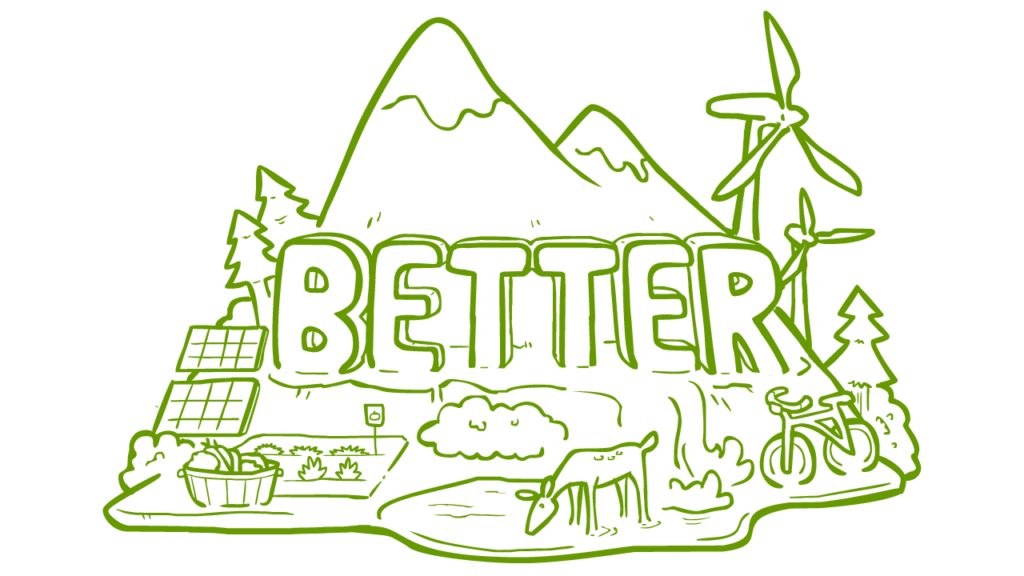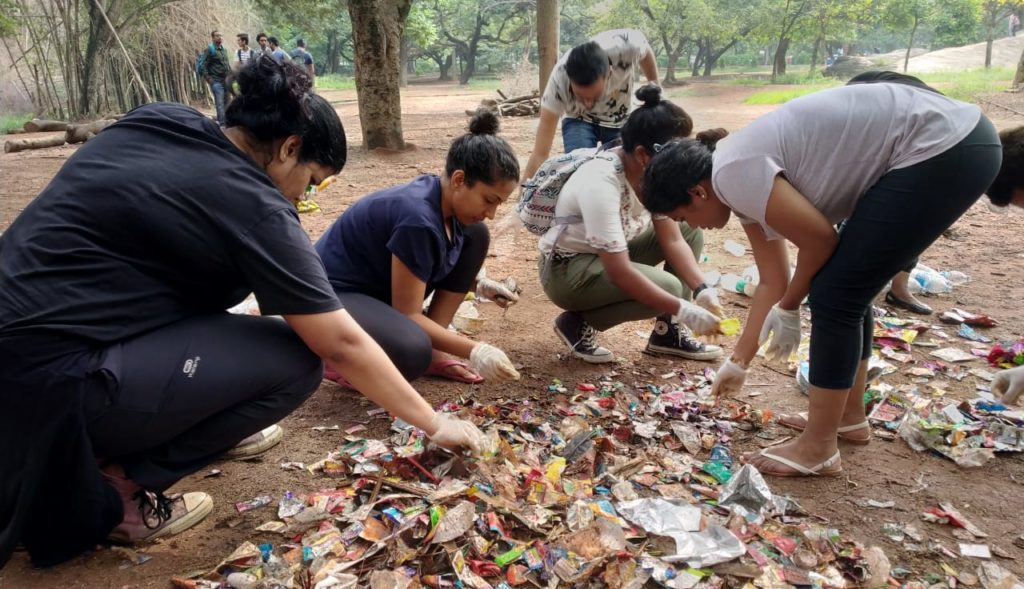LIT!
12.10.2022
Debate session –
Designers have not yet come to terms with their complicity in the creation of the conditions of environmental crisis or with their environmental responsibility, nor have they yet reformed their practices accordingly.
My team was team for. I did had a confusion at first whether I was suppose to give reason why designers are not responsible or why it is not a thing where designers are not responsible for their design (something like designers are not to blame for enviromental crisis). However, as the debate goes on, there were many points that came up such as:|
- Efficiency in design is important, that is why designers keeps imporving design without considering much of the enviromental impact
- From personal experiences, they realize how designers are aware of the things that is going to happen. Taking example from thrifting. Designers thrift so does consumers.
- Most of the times, for marketing, companies will always promote the benefit of those products. But do customers going to initiate that after using the products? or they think its a product that is made up of recycled materials and lastly it will also end up in landfills.
There is of course mixed opinion from myself as well. It is hard to go for or against the motion. Environment itself is a complex topic and designing things is another complex topic to talk about. If we go back to the roots of these, it will take years to come out with a certain conclusion. Even now, it is something debatable, which never really had a solution.
Thanks.
LECTURE SESSION –
13.10.2022
THEME 2: STORIES OF STUFF
Everything has a stories, right? In this lecture there were some example of stories of products. Which we wonder what happens when those products’ life ends. Some products might have way long ancient history, with so many values. It might have been travelling across the globe, used wisely.. but in reality we all realize how it’s going to end up. as a waste! – thats one enviromental crisis.
Another one – how is the product made? what is their stories?
In the slides it mentioned one of the major problem is that we don’t realize creating a product does so much enviromental damages. Like releasing chemicals when cramping up components of the product. or most likely burn them! to think about, it is sometimes a cruel world we live in.
Mass production that is currently happening now is also a result of capitalism – a thing we can never really avoid.

Together, we can build a world focused on “BETTER” instead of “MORE“ – storyofstuff.org

Both image credit: https://www.storyofstuff.org/about/
Thanks.
Love, aliah


Another valuable post, summarising and reflecting on key themes addressed on the course. I completely agree that assessing the role and responsibility of designers in confronting environmental issues requires a sophisticated analysis, given the complexity and diversity of this field or sector. You end the post by claiming that capitalism is ‘a thing we can never really avoid’, but I would like to challenge you a bit on this point…although many agree that it *looks* like there are no alternatives to capitalism, plenty of perspectives also exist that point to different socio-economic and political arrangements for a world beyond or outside of capitalism. See for instance the work of J.K. Gibson-Graham ( https://www.upress.umn.edu/book-division/books/a-postcapitalist-politics as well as https://www.upress.umn.edu/Plone/book-division/books/the-end-of-capitalism-as-we-knew-it ) but also of Mark Fisher ( https://www.johnhuntpublishing.com/zer0-books/our-books/capitalist-realism )